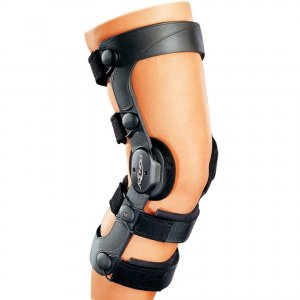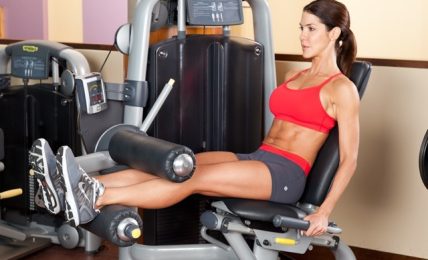The use of knee braces is very popular especially in the world of sports medicine; braces are used for a number of problems and conditions but in most cases it is usually after knee injury. In general there are two main types of knee braces namely functional knee braces and prophylactic knee braces. Functional knee braces are meant to act as substitutes for ligaments such as in cases where someone sustains a tear in the tendons; such a brace is offered to try and allow several activities without necessarily going for surgery. Prophylactic knee braces are worn as a protection against knee injury; they are usually worn by athletes participating in any high risk sports where there is risk of sustaining knee injury.

Functional knee braces: Most people enquiring about knee braces are more often than not patients dealing with ligament injury; such people will be asking about functional knee braces because they are designed to compensate for torn knee ligaments. Functional knee braces may not be as effective as your knee ligaments but they can offer great help and comfort for patients. All studies conducted to check the effectiveness of functional knee braces indicate that they can be effective and will help the knee to become stable as the healing process goes on.
If you believe that you require a knee brace, you need to discuss with your doctor about it and they will base their decision on several factors that include what ligament was injured, the type of sport you participate in as well as the type of rehabilitation you are involved in or are planning to do. It is important to follow your doctor’s advice especially in terms of physical therapy because it plays an important role in the healing process after knee injury if any kind. Knee braces are also important because they can help prevent re-injury to the same knee.
When to wear knee braces: If you have been injured on your knee or have undergone knee surgery, a knee brace may be required so you can get support and motion control during any functional activity. Since knee braces will lead to a degree of disuse of the muscles in your leg, it is strictly recommended that you follow your doctor’s recommendations in performing rehabilitative exercises such as knee strengthening, ankle strengthening or hip strengthening. The brace needs to be fitted and worn correctly if you are going to experience maximum benefit and avoid further injury from the wrong use of the brace. Since Blue Cross Blue Shield Knee Brace are medical devices, their use must be discussed with your doctor and physiotherapist; these two practitioners will be able to evaluate your knee injury and decide if and what type of knee brace you are going to use.



